I didn’t expect to see so many trees (banana, papaya, palm oil, coconut) just driving around the countryside. I don’t mind doing this once in a while.
said Mum on our April road trip to Kuala Selangor & Sekinchan
16 May 2024
This time around, we decided on Tanjung Sepat, a small seaside fishing village famous for its seafood cuisine and traditional coffee. Located in the Kuala Langat district of Selangor about 100km from Kuala Lumpur City Centre, we opted for a scenic drive via the South Klang Valley Expressway (SKVE), before exiting at Teluk Panglima Garang.
Off the highway, Mum truly enjoyed the passing scenery of fruit trees and ambling cows by the roadside. When we drove through a charming Malay neighbourhood, Mum was amazed by the lush garden surrounding traditional homes and the absence of fences. Livestock spotted include chickens, ducks and geese.
On the approach to Pulau Carey and Morib beach, it started to rain. We were very relieved to find a sheltered parking and drop-off area at our lunch venue enabling Mum to alight from the car without getting wet.
Asam Batu Laut Restaurant
Operated by Chinese Muslims, this restaurant offers fresh seafood cooked in a variety of styles. Scanning the menu, Mum wanted to try crab cooked in three different styles! We finally settled for the sweet & sour and steamed versions, supplemented with a serving of mantou (steamed buns).

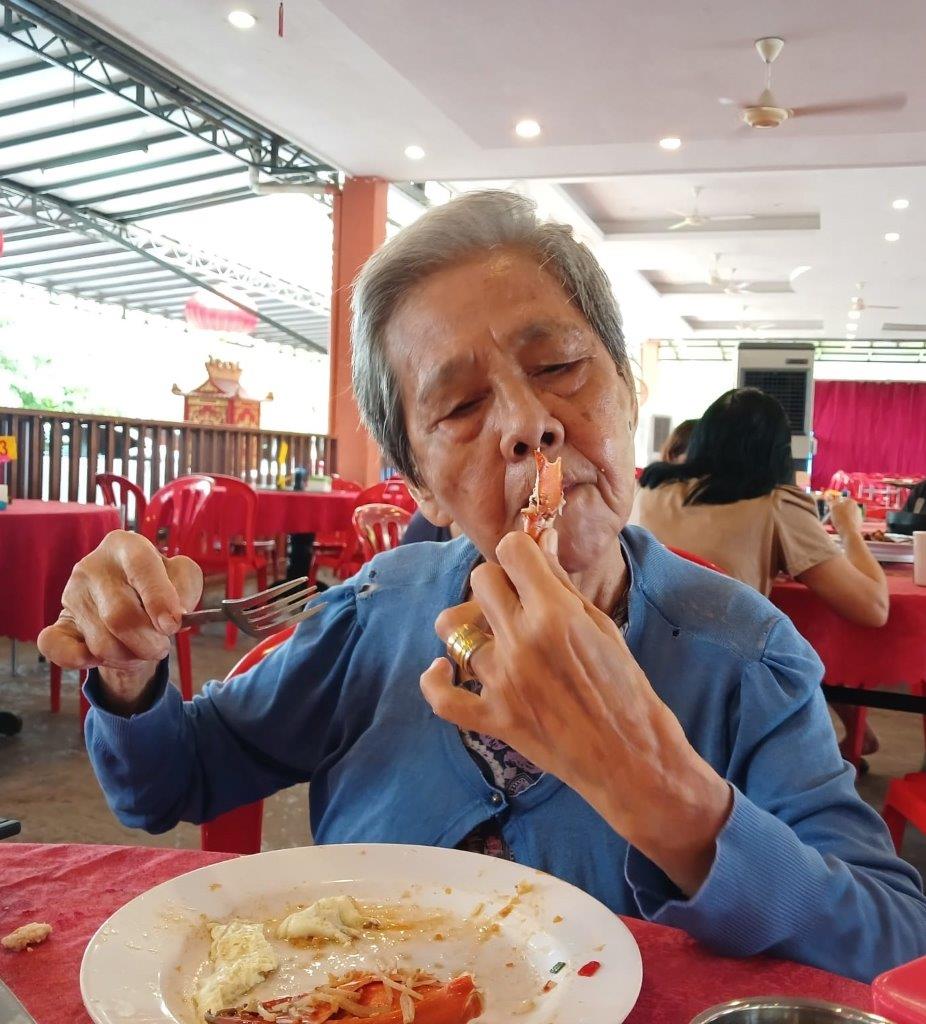
Other choice picks were mantis shrimp with oats (my choice), asam pedas fish, Buddha bowl, steamed egg, tofu and greens.
Once the skies cleared up, I got this tranquil view of Morib beach from the restaurant’s outdoor dining area.

After a satisfying meal, we continued our journey to Tanjung Sepat. Spying a roadside fruit stall, we stopped and ended up buying papaya, sweet potatoes, water melon and pineapple.
Retail therapy out of the way, it was time to explore the homes of the local Chinese community spread out over 14 lorongs (small lanes). Some of the residential units have been converted into kopitiams, temples, and shops – best discovered on foot.
Joo Fa Trading
Arriving at Joo Fa Trading just before 2.30pm, we were disappointed to learn that the coffee roasting and grinding process ends after 12pm.
This family-owned small-scale shop cum roastery (50 years and counting) roasts mainly Liberica beans the traditional way, with a wood-fired kiln.
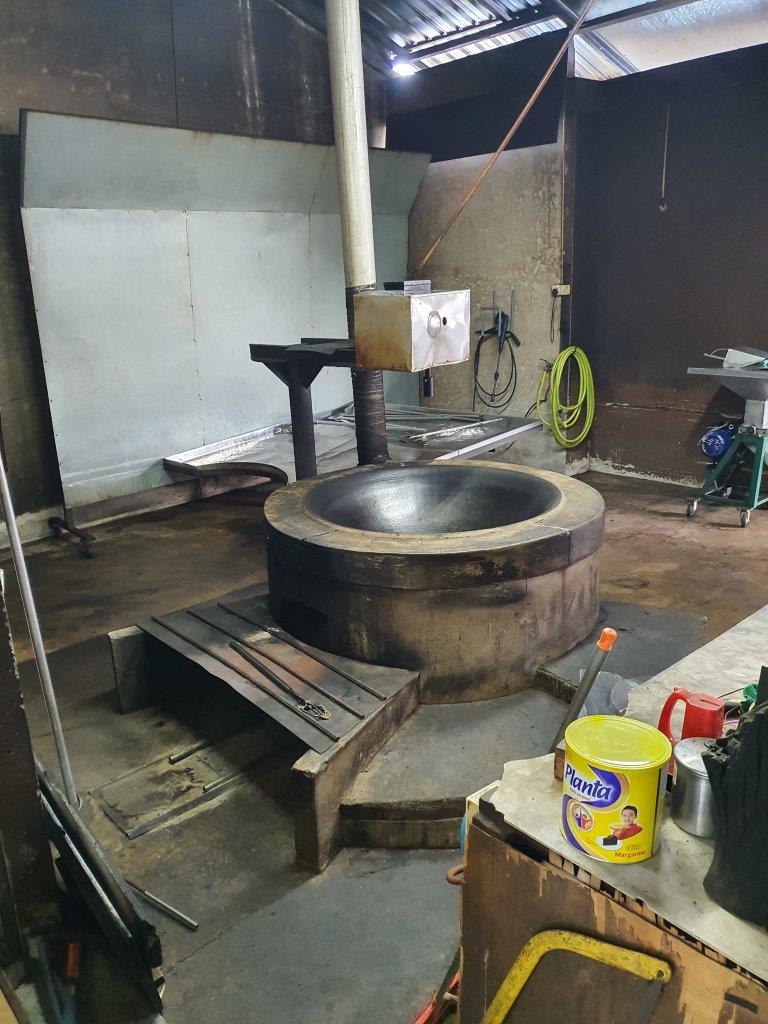
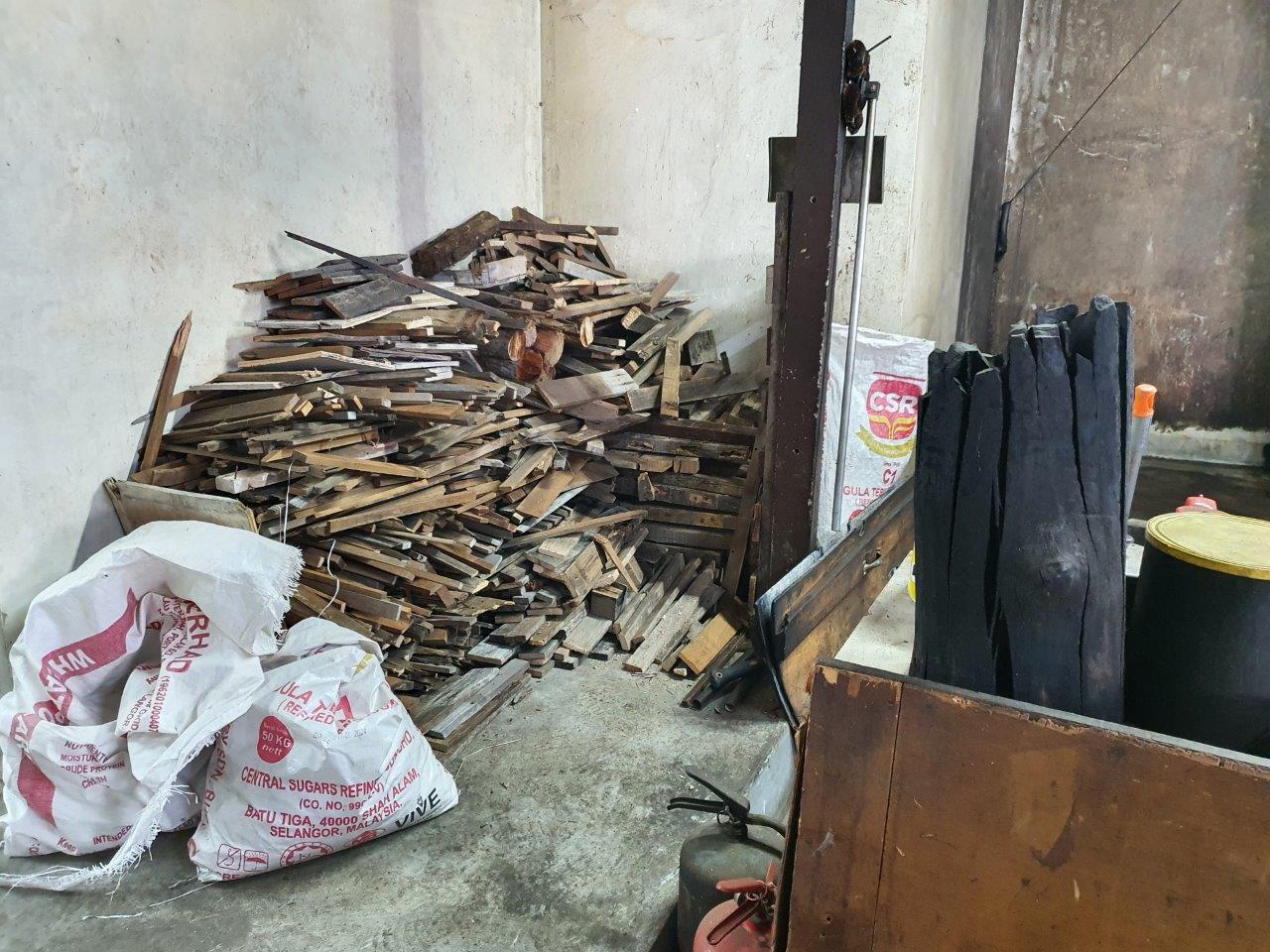
The full tour gives visitors an idea of the coffee beans process – from de-husking the beans to roasting and packing them to be sold.
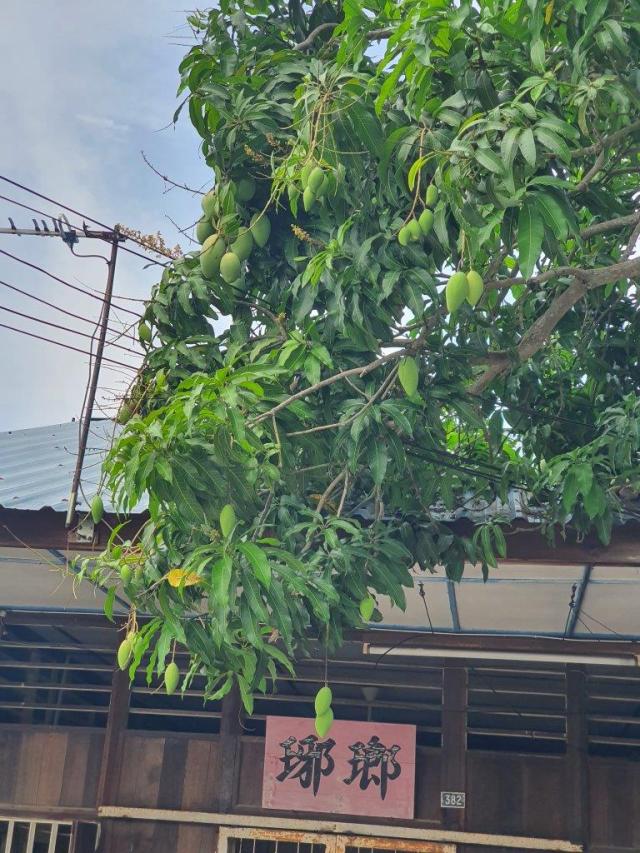
Mango trees like this one, laden with fruits are a common sight while wandering through the lorongs. Mum kept asking us to pluck the fruits 😱
Mr Black Hand-made Pau
Our next stop was to savour some hand-made pau (buns) with a choice of sweet / savoury fillings. We opted for the Yellow wine chicken, Red bean paste (tau sar), kaya (jam) and BBQ Pork (char siew) pau. We went with the steamed version for the first three, and a fried ‘Golden’ BBQ pork to taste.
The paus were much bigger compared to what we were used to, so we had leftovers to go. Just as we were about to leave, the live kitchen came alive.
I was fascinated by the dough ball maker, designed to divide the dough into perfectly shaped round balls.
The final step is to stuff different filling before carefully folding the dough to seal the bun, which can be steamed or fried later.
Mr Black also has other variants such as preserved vegetable (Mui Choy), Yam Pau and Salted Fish Pau.
Dragon Fruit Farm
Our impromptu stop at this dragonfruit farm was a good decision and most enlightening.

Dragon fruit is a tropical fruit that thrives in warm climates with high humidity, requiring temperatures between 65 to 85°F (18 to 29°C) for optimal growth. This sun-loving, fast-growing perennial cacti is native to Mexico, Central America, and South America.
Though dragonfruit was first planted here 20 years ago, more farms have been sprouting in Tanjung Sepat just recently.
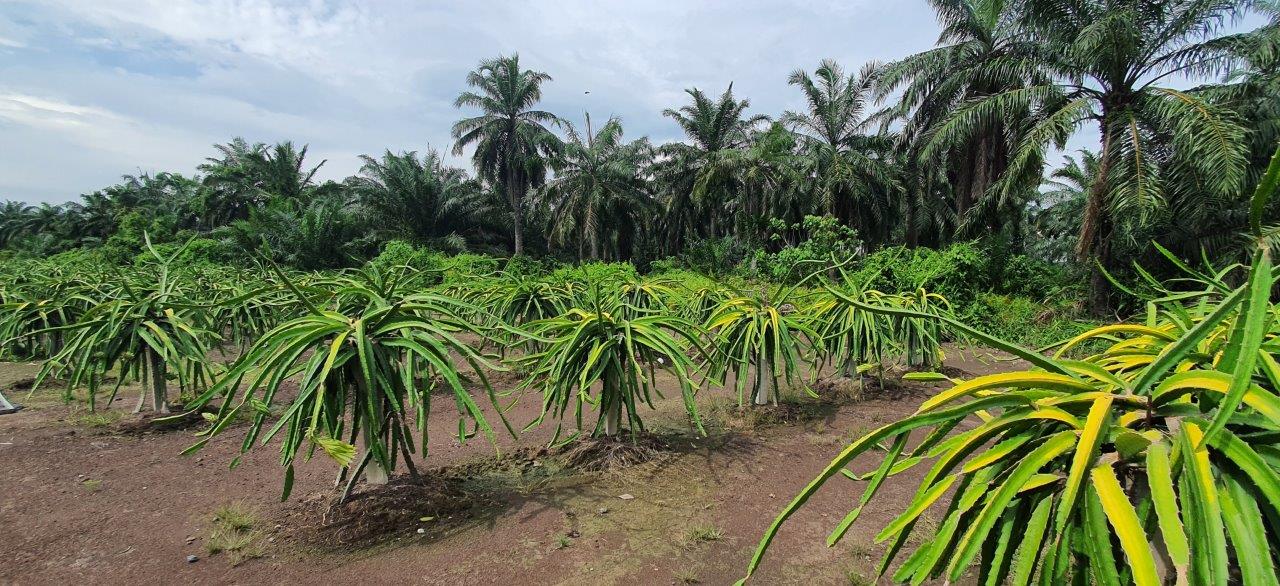
The friendly owner was kind enough to show me around the farm, all the while sharing his experience and know-how on dragonfruit cultivation.
This nocturnal plant blooms only at night with large fragrant white flowers.
The fruit has
– a distinct shape, resembling a dragon egg
– bright pink, leathery skin with thorn-like fins
– brightly colored flesh with tiny black seeds

Many varieties of dragon fruit are either self-pollinating or rely on pollinators such as bats and moths for a fruit crop.
Flowering Stage : Clockwise from top left : new flowers, intermediate, and will-bloom-tonight.
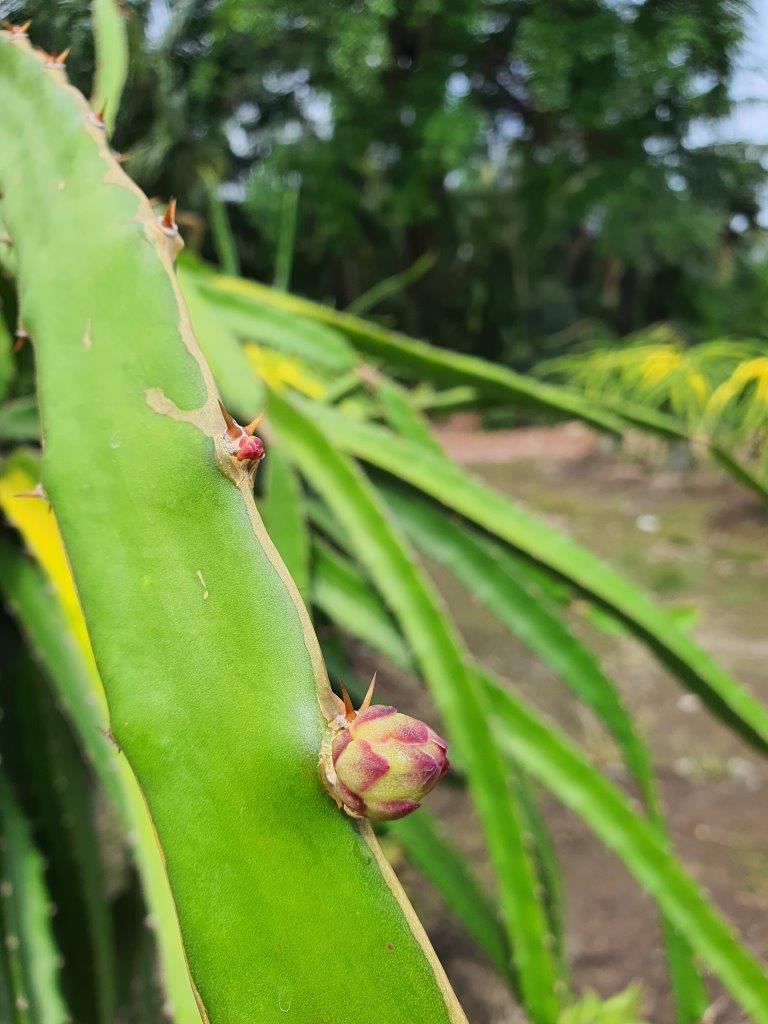
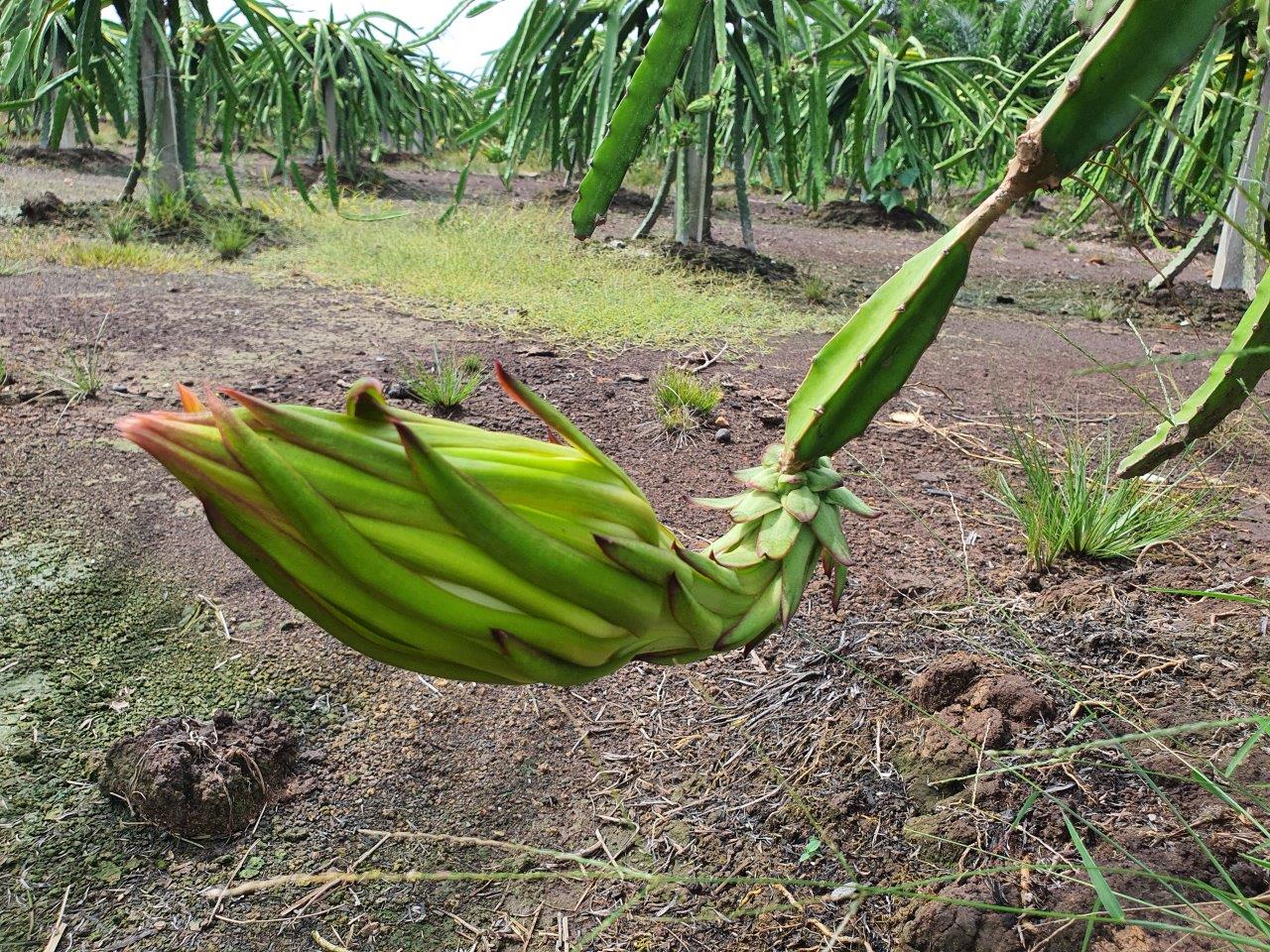

He also stressed that each new bloom has to be covered up, (protect from moisture) to ensure the pollen stays dry to facilitate pollination.
My dragonfruit education continued with visual examples of a flower that bloomed the previous night (left) and the contents within – pollen, stamen and stigma (right)
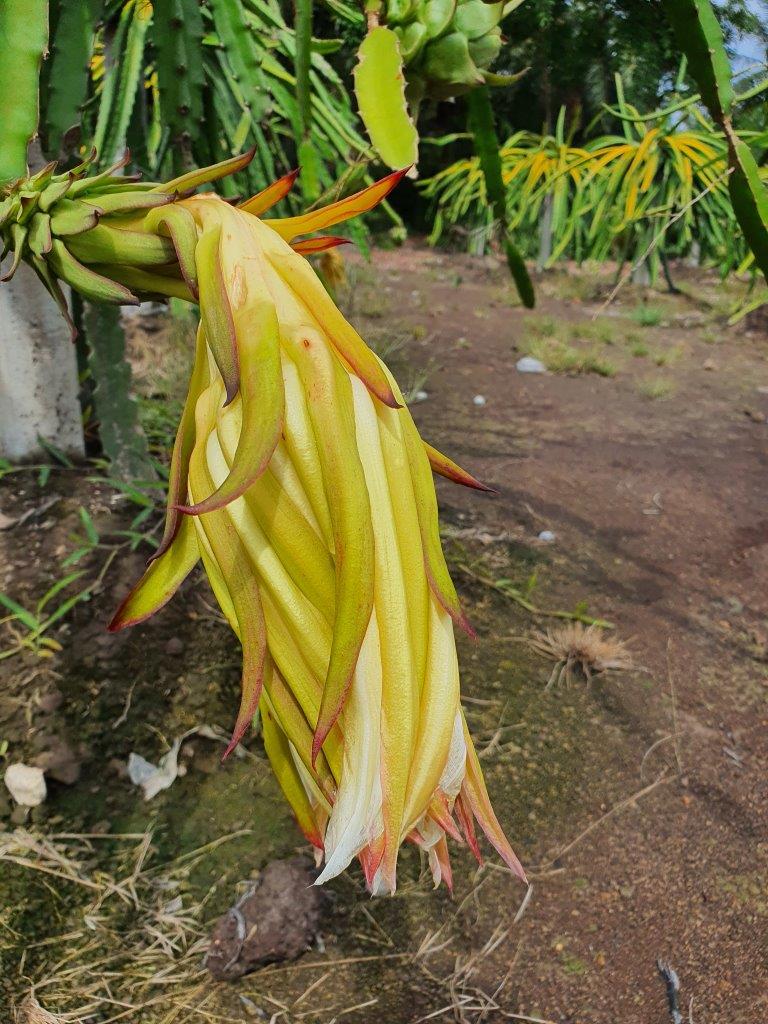

For hand pollination, the best time to collect pollen is around mid-morning or early afternoon from new blooms. The pollen from the stamen is gently transferred to the stigma using a small paint brush or cotton swab.
A successful pollination will lead to flowers forming fruit in a few weeks time. It typically takes about 30 days – from flower formation to ripe fruit.
Equally important is the use of stakes / trellises to support individual plants as they grow, to enable the branches to hang downwards which is required to produce flowers and set fruit.
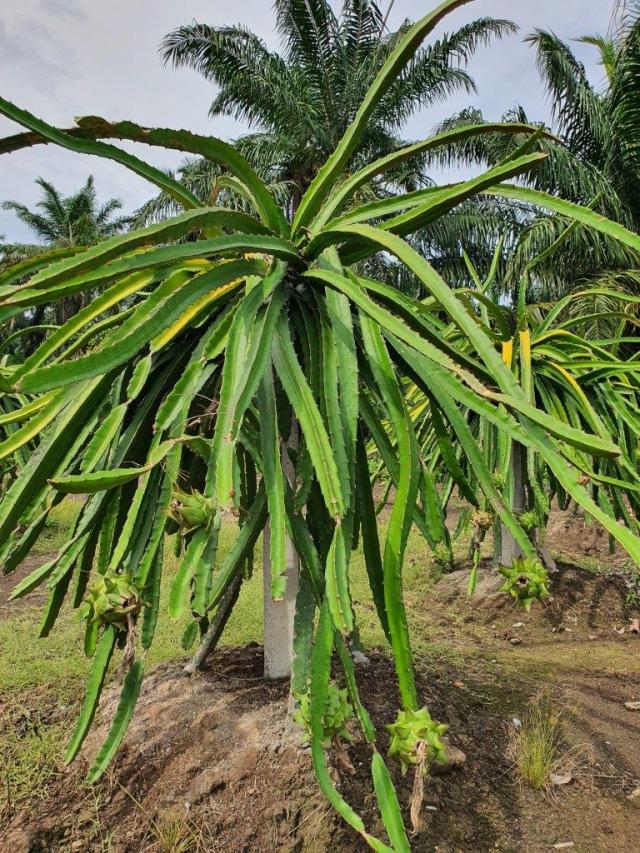
By preventing the fruits from touching the ground, this also protects the fruit from rotting / disease.
Barely a year old, the trees started bearing fruit from the eighth month, with ripe fruit ready for picking every 2 weeks thereafter. The 4 variants grown here are Red Ruby, Pink Ruby, Yellow King, and Honey White.

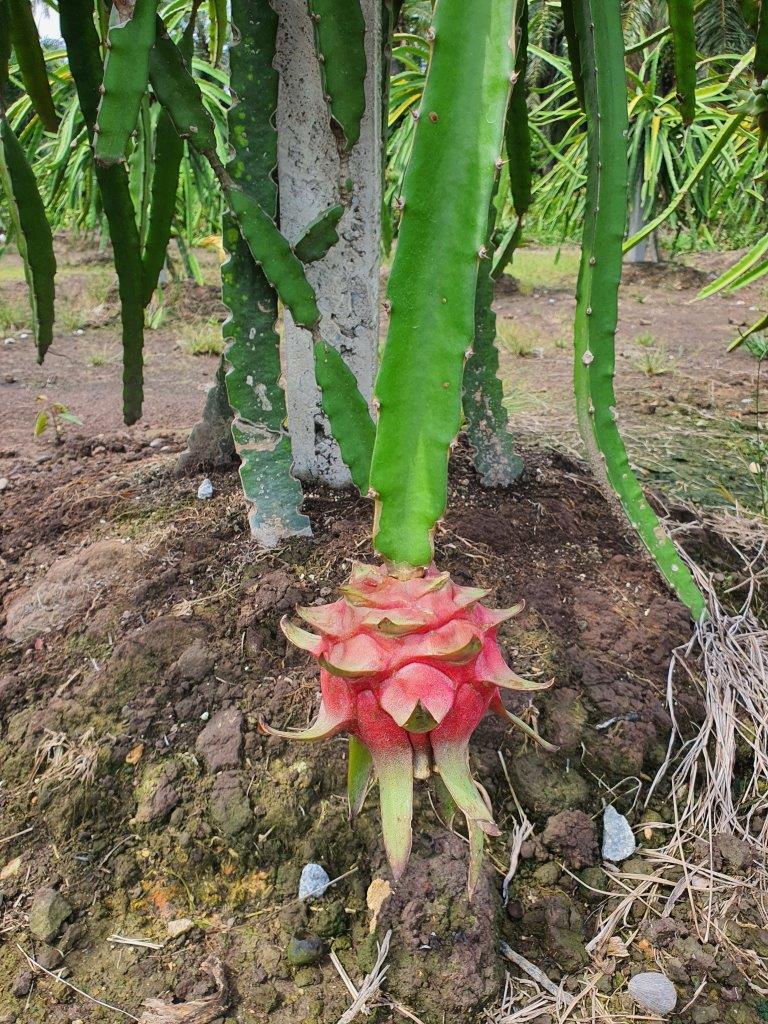
The fruit is ripe when the skin turns red or yellow, depending on variety .It is ready to harvest when the skin feels slightly soft when squeezed, but is not mushy.
Besides dragonfruit and refreshing drinks, Benefit Fruits Supply also has an extensive range of fresh fruits (passion fruit, pomelo, guava, mango, watermelon).

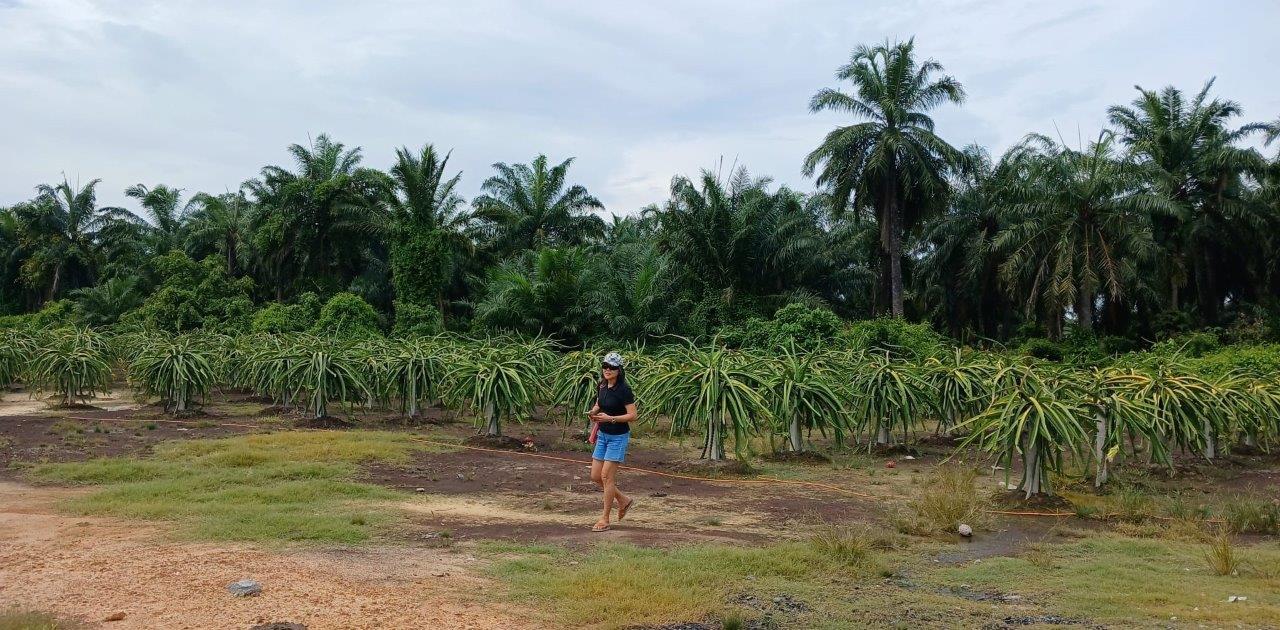
Mum finished an entire pandan coconut by herself while I debated between the ice blended or dragonfruit juice. I finally decided on 4 dragonfruits for RM10, while my sister got more sweet potato and papaya.
Final tip : Each year, a bumper harvest occurs around July / August for two weeks. This is the best time to get the fruits at low prices.
Benefit Fruits Supply
PT 4107, Jalan Tumbok 3, Pantai Village, 42800 Tanjung Sepat, Selangor
Opening hours : 9.00am-6.30pm
